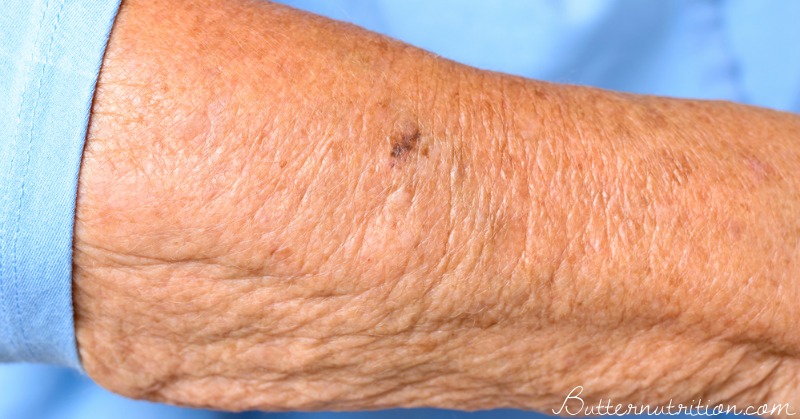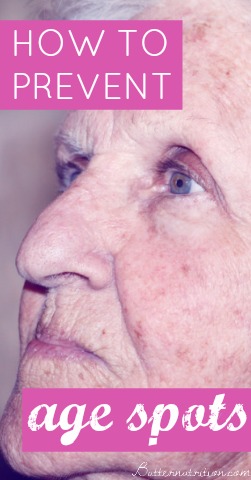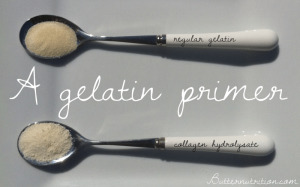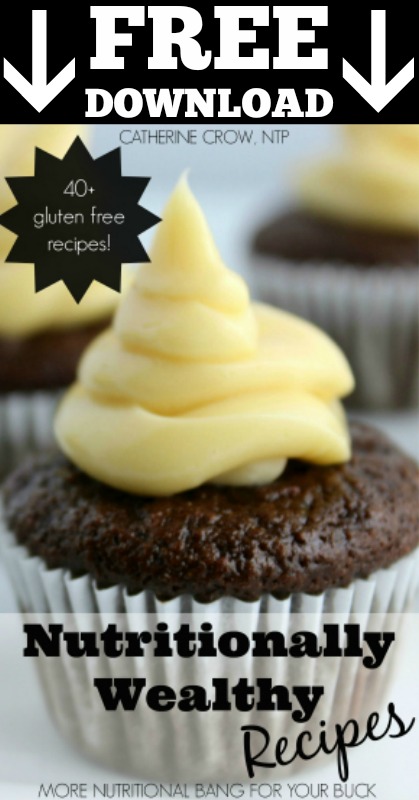
Age spots, also called lipofuscin or liver spots don't have to come with aging.
Preventing them is just as easy as changing your diet.
According to Dr. Ray Peat, PhD, "Age pigment is the brown material that forms spots on aging skin, and that accumulates in the lens of the eye forming cataracts, and in blood vessels causing hardening of the arteries, and in the heart and brain and other organs, causing their functions to deteriorate with age. It is made up of oxidized unsaturated oils with iron."
Ray Peat's research brilliance helps shed light on how we can prevent these signs of aging on our skin through our food!
1) Get the PUFA fats out of your diet.
If you haven't done this already, this means ditching the vegetable oils, margarine, and nut/seed oils for saturated fats. Coconut oil, butter, and animal fats are your best bets (and the most delicious)! Monounsaturated fats like olive oil are okay in moderation, but are best not heated since they are more prone to oxidation. When in doubt, always eat the fats you crave and it's probably not soybean oil.
2) Get excess iron out of the diet.
Multivitamins, other supplements and most processed foods are fortified with iron (especially grain products). Instead, rely on food sourced iron. If your iron stores are already high, read up on iron overload. You can also drink coffee with meals to help minimize uptake of iron in the small intestines.
And remember to ask your doctor for an iron panel that includes ferritin so you can keep tabs on your levels.
3) Balance your hormones.
Excess estrogen relative to progesterone levels contributes to increased age spot formation. In addition, excess estrogen increases iron absorption, which could prove problematic. Synthetic hormones like the pill, stress, protein deficiency, and poor liver detoxification all contribute to increased estrogen levels.
4) Improve your liver health to help guard against iron excess.
When you have poor detoxification from a liver injury, nutrient excess or nutrient deficiency, you body doesn't handle iron as efficiently as it should. Getting your liver health back on track is key to proper iron homeostasis.
5) Get more antioxidants in your diet to offer protection from free radicals.
Uncontrolled free radicals help to form age pigment, and antioxidants neutralize free radicals. Thus increasing the amount of antioxidants in your diet, gives your body the strength to combat free radicals. The best sources of antioxidants are ripe fruits and easy to digest vegetables. Real food is always best over supplements.
What if you already have age spots?
Too late to prevent age spots? No worries.
First, by all means change your diet and be careful about what you put on your skin. Secondly, according to Dr. Ray Peat, progesterone and vitamin E applied topically can help them fade. My miracle cream is a great place to start!
PIN IT:
References:
Iron's Dangers by Ray Peat
Aging, Puberty & Infertility by Josh Rubin
Photo Credit: By Invertzoo (Own work) [CC BY-SA 4.0 (http://creativecommons.org/licenses/by-sa/4.0)], via Wikimedia Commons





Stephanie Ware
If excess iron is bad for us, then what should I cook in? I use my iron skillet everyday!
Jennifer
The answer to what should I cook with is more complicated then it should be. I read several articles on appropriate cookware and there is a trade off with most of them. The problem with iron skillets is that the iron isn't necessarily the best quality iron for your diet. I use the best quality stainless steel that I can afford and for a nonstick option I use ceramic coated pans. I also pay close attention to the ceramic and once it cracks the pan gets tossed because usually the ceramic is safe but the metal underneath is usually not as high grade .
Michelle Chapman
What are ways to rid excess iron in the body
Elisabeth
blood donation
Sophie
I understand that seed oils are bad, but what bout Omega3 PUFAs found naturally in foods like fatty fish?